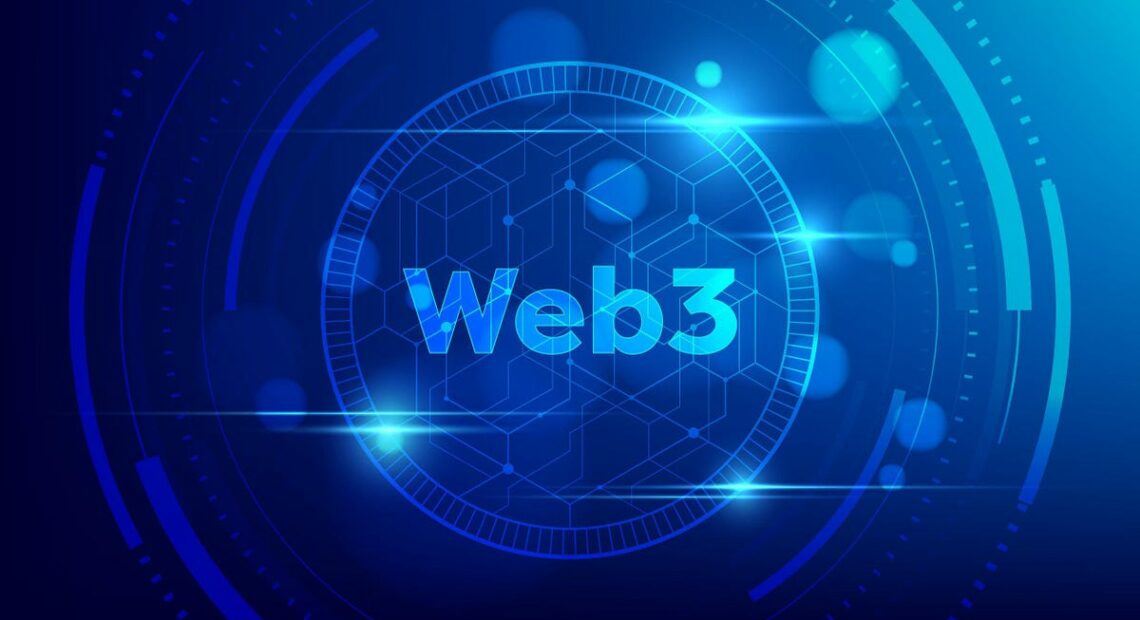Web3: The Decentralized Future of the Internet

The World Wide Web has undergone several transformations over the years, from static web pages to interactive ones, and now to a more decentralized and autonomous web. The next stage of the web’s evolution is often referred to as Web3, the decentralized web or the blockchain web.
So, what exactly is Web3? Web3 is the vision of a new, decentralized internet that is powered by blockchain technology. Unlike the current internet, where centralized entities like Google, Facebook, and Amazon control and store all the data, the decentralized web is based on peer-to-peer networks and distributed ledgers, which means that users are in control of their own data.
Web3 technology makes it possible to create decentralized applications (dApps) that run on a decentralized network, rather than relying on centralized servers. This provides a more secure, transparent, and open way of exchanging data and value, as there is no single point of failure or control.
One of the key features of Web3 is its use of smart contracts, which are self-executing contracts with the terms of the agreement between buyer and seller being directly written into lines of code. This eliminates the need for intermediaries like lawyers or banks, as the smart contract automatically enforces the terms of the agreement. Smart contracts can be used to create decentralized marketplaces, digital identities, voting systems, and more.
Another important aspect of Web3 is the use of cryptocurrencies and decentralized finance (DeFi) applications. Decentralized finance refers to a new financial system that is built on top of the blockchain, enabling peer-to-peer transactions without the need for traditional financial intermediaries. This allows for a more transparent, accessible, and equitable financial system, as anyone with an internet connection can participate.
The potential applications of Web3 are vast, from decentralized social networks and marketplaces to secure voting systems and even self-sovereign digital identities. Web3 has the potential to empower individuals and communities by giving them control over their own data and providing them with the tools to create their own digital ecosystems.
However, there are also challenges to be addressed in the development of Web3. For example, the current blockchain infrastructure is still relatively slow and expensive compared to centralized solutions, which can limit its scalability and adoption. Additionally, there are concerns about the energy consumption of blockchain networks, which currently require a significant amount of computational power to operate.
In conclusion, Web3 represents a major shift in the way we think about the internet and the digital world. By empowering users with control over their own data and providing them with decentralized tools and applications, Web3 has the potential to create a more equitable, secure, and transparent digital ecosystem. While there are still challenges to be overcome in the development of Web3, its potential benefits are vast and could transform the way we interact with each other and the world around us.








